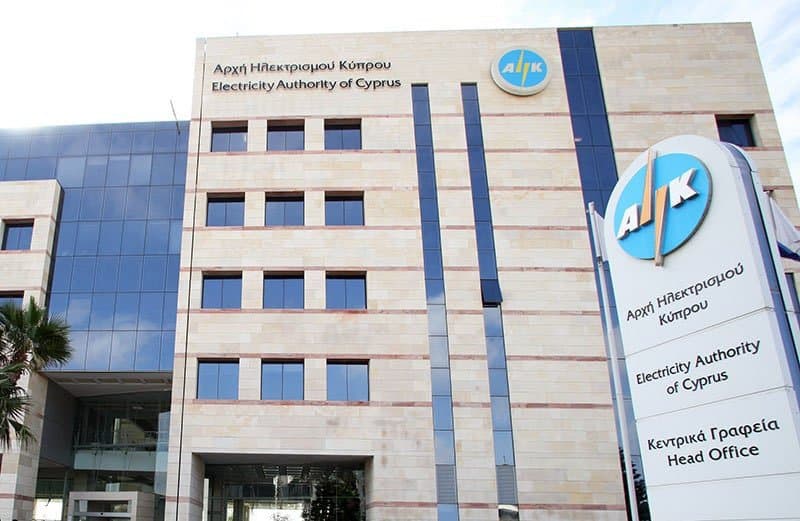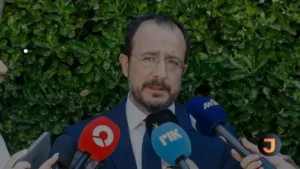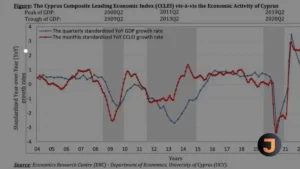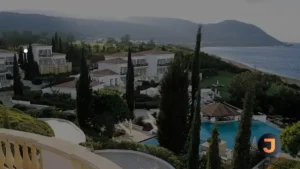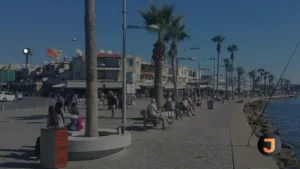The board of the Electricity Authority of Cyprus (EAC) was on Tuesday set to award contracts for two separate projects worth a combined €45 million, which the power utility said would beef up the electricity transmission system as a whole. The two projects concern the installation of new transmission substations, and upgrades to existing substations and the installation of transformers, said EAC acting Transmission Manager Costas Stasopoulos.
“The EAC’s top priority is the stability of the system,” Stasopoulos told the Cyprus News Agency. “The most important thing is to provide uninterrupted power to consumers.”
Boosting Infrastructure and Renewables
Another priority for the state-run power corporation is to help with the penetration of renewables in the energy mix. But to achieve this, the EAC official said, new overhead transmission lines, underground cables, and transmission substations need to be in place. Stasopoulos spoke of an “immense effort” underway to increase infrastructure projects.
Regarding how the EAC might help drive down the cost of electricity, the official said they have made some proposals to the finance ministry, while large-scale projects have been approved for financing by the EU’s Just Transition Fund. “Consumers will not pay for the cost of these projects,” he stressed.
Responding to a question, Stasopoulos brushed aside the notion that the layout of the grid is to blame for the ‘discarding’ of energy generated from renewables. He said the cutbacks seen to large solar parks “bear no relationship whatsoever with the structure of the transmission network, since they [the parks] are already linked to the grid.
“Rather, the cutbacks are due to the fact that demand for electricity is less than that generated by renewables systems, and as a result, the extra production is discarded.”
Challenges and Future Prospects
Asked whether it will be possible to have a transmission grid that allows the connection of renewables from anywhere and to anyone in Cyprus, the official said that for the moment this is unfeasible as it entails building a huge network costing hundreds of millions of euro.
“Up until now, the current grid is designed to start from the power stations at Vasiliko and Dhekelia with powerful overhead transmission lines and cables, going to the cities and then to rural areas that have smaller lines,” he explained. Today, large solar parks that plan to operate in the countryside (where land is cheaper) must transmit power the other way around – meaning from the countryside to the cities. Reversing this flow – transmission from the cities to the countryside – would require beefing up transmission lines.
“Strengthening the transmission lines requires major investment of hundreds of millions of euro, which the consumer will have to pay for,” Stasopoulos said. In addition, acquiring a permit for a new transmission line takes too long. Illustrating this, the EAC only recently got a permit for a new overhead line, for which it had applied six years ago.
